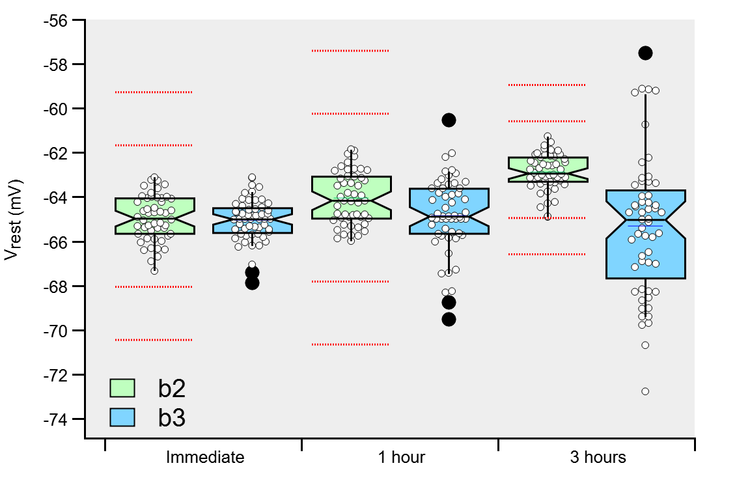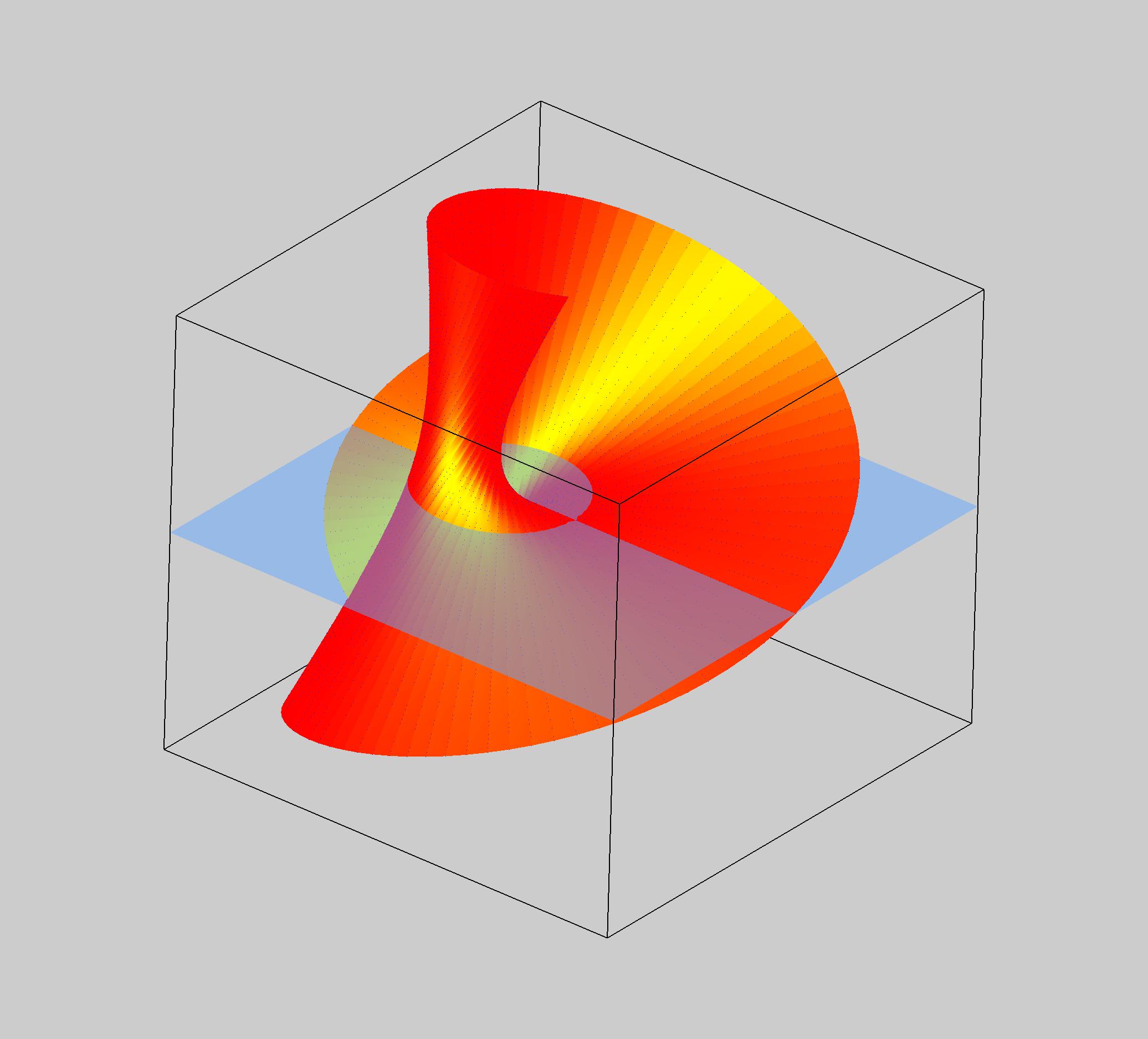
#Box plots in igor pro pdf
Produces and exports high-resolution, journal quality scientific graphs in EPS and PDF.
#Box plots in igor pro pro
Here are a few highlights of the newly released Igor Pro 8. Igor has been used by tens of thousands of technical professionals since its introduction in 1989.
#Box plots in igor pro software
This article has a decent enough justification for considering Python over R, and mentions more Python plotting packages to boot.Igor Pro is an interactive software environment for experimentation with scientific and engineering data and for the production of publication-quality graphs and page layouts. data analysis, experimental designs), I'm hoping to stay more familiar with a single language and designing systems for performing data analysis as opposed to throwaway scripts. By homogenizing more of my work under Python (e.g. This isn't R's fault insomuch as it's my tendency to take months long breaks from R (when I'm writing, running experiments, etc.) and then revisiting it and just needing to get things done fast. As I do more and more work in R, it gets more and more cumbersome to build modular easily reusable code. In general, I'm starting to look more toward Python than R for my scientific computing needs. This approach holds much interest for me, especially if I need to generate plots for web-collaborative projects in the future. This means you can generate interactive web plots directly from your data without having to jump into another programming language to do so.

Present Day: Eyes on Python - I've been casting some pretty lusty eyes at Python lately, particularly its bokeh library, which allows for plot exports from Python as JavaScript and JSON. Diverse plots that all look pretty lovely in my opinion. I'm fairly happy with it, and still use it to generate publication-quality plots. Graduate School Year IV: ggplot in R - After dealing with niggling frustrations with text alignment and clipping using lattice, I decided to take a gander at ggplot. Lattice also had a pretty straightforward setup for box plotting on multiple factors, allowing me to generate many box plots (and other varieties) very quickly in a very compact arrangement ideal for publications. I started with lattice, and got these boxy grid style plots that looked pretty good after fiddling. At this point I was doing a lot of work in R, so generating my publication quality plots with R made sense. Graduate School Year III: lattice in R - This is where I finally started coming into a decent plotting setup. It wasn't so bad, but I wanted to move away from MATLAB because I don't like my code being dependent on the whimsy of proprietary applications ( strokes neckbeard). It was mainly a lot of handy subplotting to get the kind of multi-chart output I wanted. Graduate School Year II: MATLAB - I did some work in MATLAB here and there in my second year of graduate school. But let's be honest, Excel can be pretty terrible if you need to do any kind of serious data analysis. I did things like this, and generally had decent results. However, you can do some interesting formatting in Excel to make things not so bad. What's that? You have a plot with the default excel color scheme, shading, and axes? Barf. Graduate school year I: Excel- Man.nothing is worse than seeing those run of the mill terrible Excel plots in research publications / presentations. How have I generated publication-quality plots in my grad school career? Let me count the ways:


Oh man.I have given a ton of thought to this topic.


 0 kommentar(er)
0 kommentar(er)
